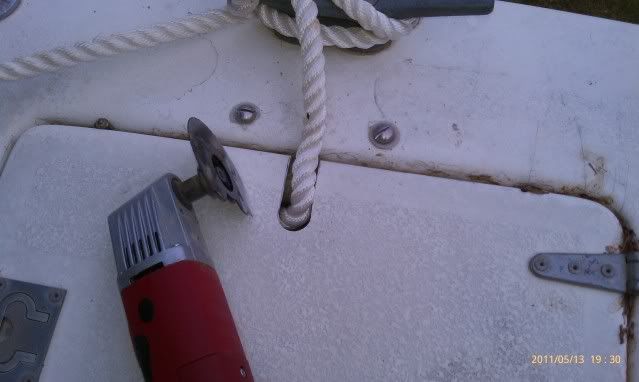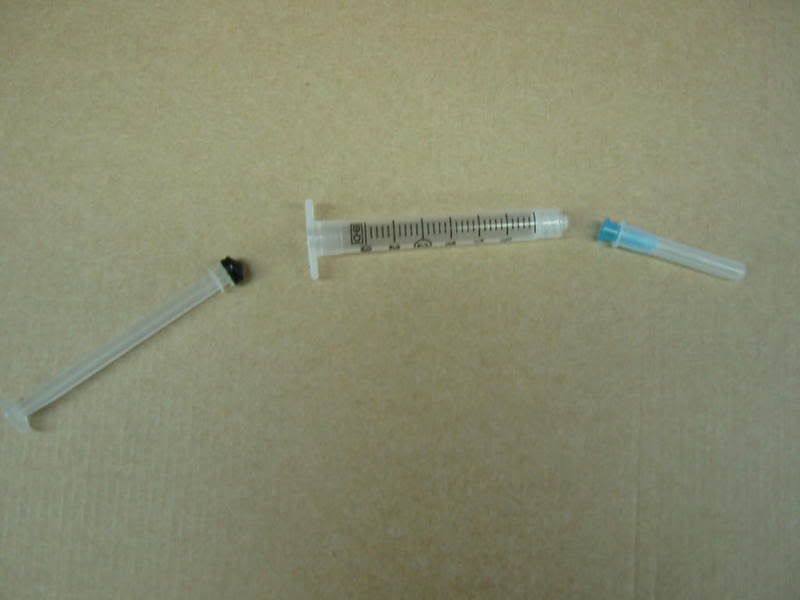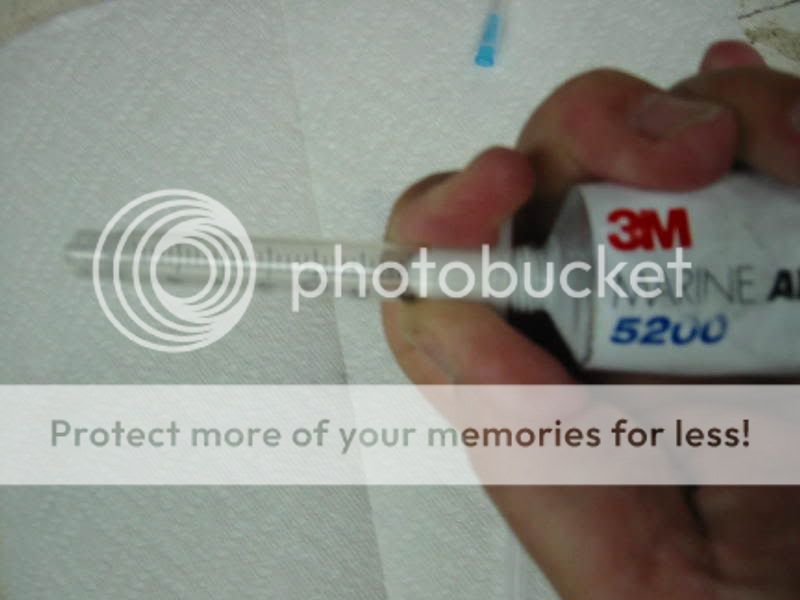I've done my share of pulling trailers and I've come to some conclusions. Many of my 50,000 miles of trailer pulling was done with a buddy boater, so we have his miles as experience as well.
Tires
If there's any way to put passenger or (light) truck tires on your trailer, you'll be better off than if you use ST (special trailer) tires. ST tires simply don't hold up well - maybe that's why they say, Not For Passenger Car Use, or For Trailer Service Only on their sidewall. Tread separations, weather checked rubber, and blowouts of spares that have never even seen the pavement are some practical problems, not to mention that according to the manufacturers, ST tires are only good for 6 years or 6,000 miles - whichever comes first. How would you feel about buying a car tire with the same life span? We don't baby our car tires either by jacking them up if they're not going to be used for a month, or putting covers on them.
If you don't use ST tires they'll come off the rim. Trailer tires need stiffer sidewalls. There's more UV protection in the rubber of ST tires. It's illegal to run car or truck tires on your trailer. All BS. I've run the entire Alaska Highway (both ways) with passenger tires on my boat trailer - and they were radials to boot; so much for rim or sidewall problems. If ST tires have more UV protection why do they weather check so quickly? And the DOT says if you do use non-ST tires on your trailer you must reduce their load carrying capacity by 10%.
I'm guessing the reason there is even an ST designation is because ST tires have standard load carrying capability, which means when you replace an ST tire with an ST tire you'll generally not diminish your ability to carry the load rating of your axle. Passenger and light truck tires of the same size can have different capacities. You could inadvertently replace a 14" ST tire with a 1360# capacity with a car tire with only 1100# if you didn't know the difference.
On some trailers, like mine which takes 8X14.5 tires for insance, both ST and LT tires are available. It's well worth the time/trouble to seek out the highway tires or you may end up like the previous owner of my trailer did, by putting 'new' tires on your trailer that have been in the store room for over 6 years and are no longer fit for service.
Chances are, you're reading this because you are unhappy with your ST tires. You're not alone. The forums are full of folks who are fed up with the performance of ST tires. Now Google to search for problems caused by using car or truck tires on a trailer -- I couldn't find any either...just make sure you've got the load covered.
Now for brakes.
One of my boats came on a trailer without brakes. I told the shop I wouldn't take the (#5,500 gross) boat off the lot without trailer brakes, so at my expense, they put surge disc brakes on the trailer. Within 500 miles I had a bearing failure. The hub was replaced under warranty, but continued to run hotter than I liked, so I had a second axle put on the trailer. Actually, they put two new axles, with 4 new tires and a new actuator on while I waited. I was a happy camper.
After about another 500 miles I lost another bearing only 50 miles after I had checked the temps of the hubs with an IR gun. I was ready this time with a spare hub and was on the road again in about an hour. I experimented with ways to keep this from happening, like a stiff spring to keep the brakes from coming on so soon, and leaving more clearance in the castle nut/bearing to wobble the rotor so it would push the pads back into the caliper. I had good results with the heat problem, but only 3000 miles after a complete brake overhaul (new pads, turned rotors) on the way to Alaska, there was no pads left on one brake, with the backing plate constantly gouging the rotor. We searched, but no parts were available so I just locked out the brakes for the remaining 11,000 miles.

When I returned home, I contacted the brake people. They said 3,000 miles was about all I could expect from the pads and I should just get some new ones - at about $35 each. Trouble was the pistons were corroded in the calipers too so I opted to put a set of electric brakes on that axle and continue to run the surge brakes on the other axle. The entire replacement from hydraulic disc to electric drum was $150 for both wheels, and installation was 4 bolts, 2 wires and a castle nut for each wheel.
Not long after the I put on the electric brakes a hydraulic line ruptured on the disc brake side. I knew to try the bleeder screws on the calipers before I invested in any new parts - they broke off. So the second axle got electric brakes as well. Never had a problem after that - the electric brakes were still working fine when I sold the boat.
What else about electric brakes?
They work in reverse (you don't need a reverse lockout solonoid)
You can test them and apply them at will so you know they'll be there for you
There are no close tolerance hydraulics or bleeding for electric brakes
There are no moving parts in the coupler with electric brakes
New EVERYTHING is only about $150 per axle, with 4 bolts and 2 wires at each wheel
You can turn them off while going down steep grades
But you will need a controller in your vehicle (the brakes will not work without one) and a breakaway battery on the trailer.
Balancing Trailer Tires - Yes or No?
I guess it's not a bad idea, but before I discovered not to use ST tires on my trailers, the tires didn't last long enough for me to think of it as a good investment. Hmmm, if I could just do it myself.
I bought one of those 'bubble balancers', but never felt good about the procedure. And after getting slack from tire places about putting car tires on my boat trailer I bought a tire changer for less than $50 and bolted it to the garage floor to do my own tire swaps.
This really helped a buddy with failing torsion suspension because I could turn his tires around on the rim and get extra life out of them. Anyway with my own tire changer I thought I'd try some self balancing beads.
You put them inside the tire and they do a dynamic blance as you drive.
I put them in the front tires of my van too, so I could really tell if they worked, and they do work, about 90% of the time. Not sure why every now and then I'd get the wobble, and it always went away after not too long, but it made me wonder if/when it would reappear and so for the car/van I went back to regular balancing.
Once I went to car tires on the boat trailer I thought I'd just wait to see if any irregular wear appeared, and it did - after about 40,000 miles without rotating; so I no longer worry about balancing the trailer tires...who wants to spend extra buck to balance an ST tire that's only going to last 6,000 miles (or less)?
As much as I trailer, I'm pretty fussy about what's under my boat on the road, not to mention that I splash solo. It's been my experience that you can't beat a trailer that was designed for a specific boat. The boat fits the trailer, the trailer fits the boat, the boat is properly supported, the trailer is designed for the load, the tongue weight is correct and the boat sits low. For someone who only tows occasionally or for short distances, many of these things aren't that important.
Oh, and I'm a bunk trailer kind of guy. Too many moving parts with rollers and improper roller placement can deform the hull.










































